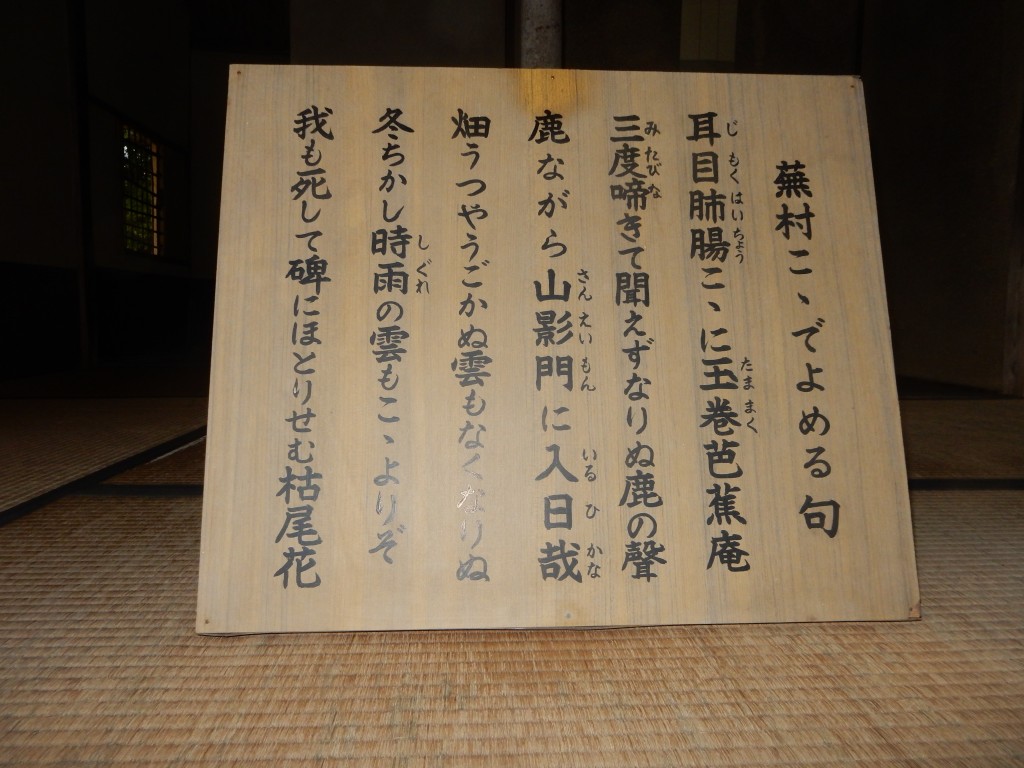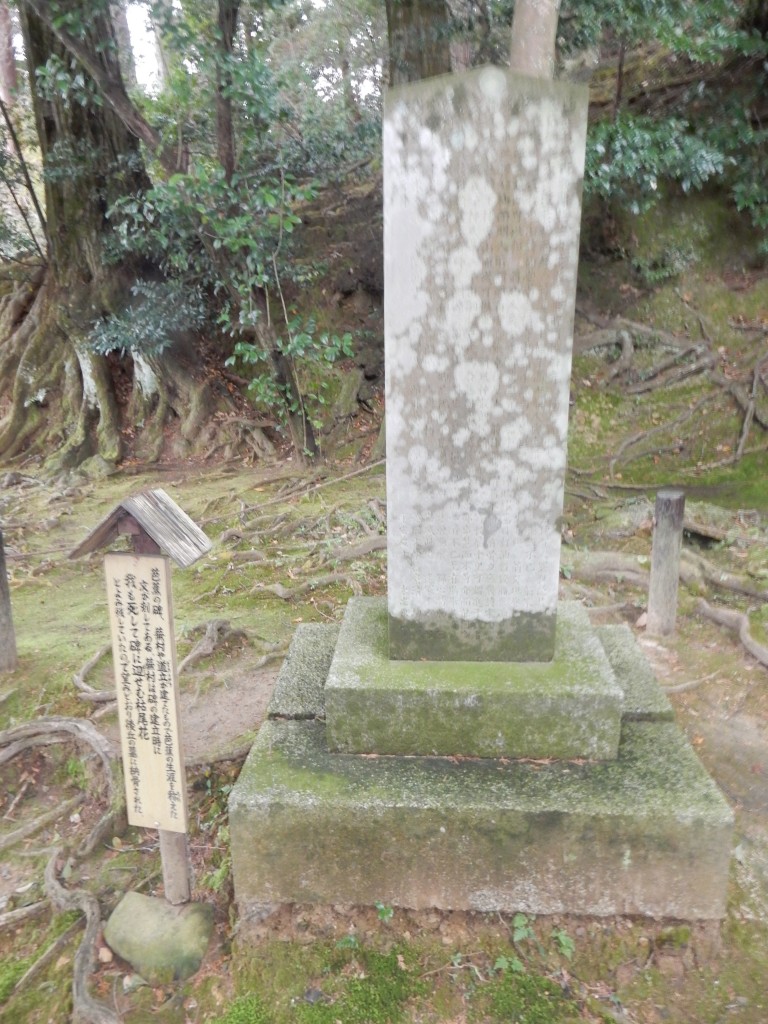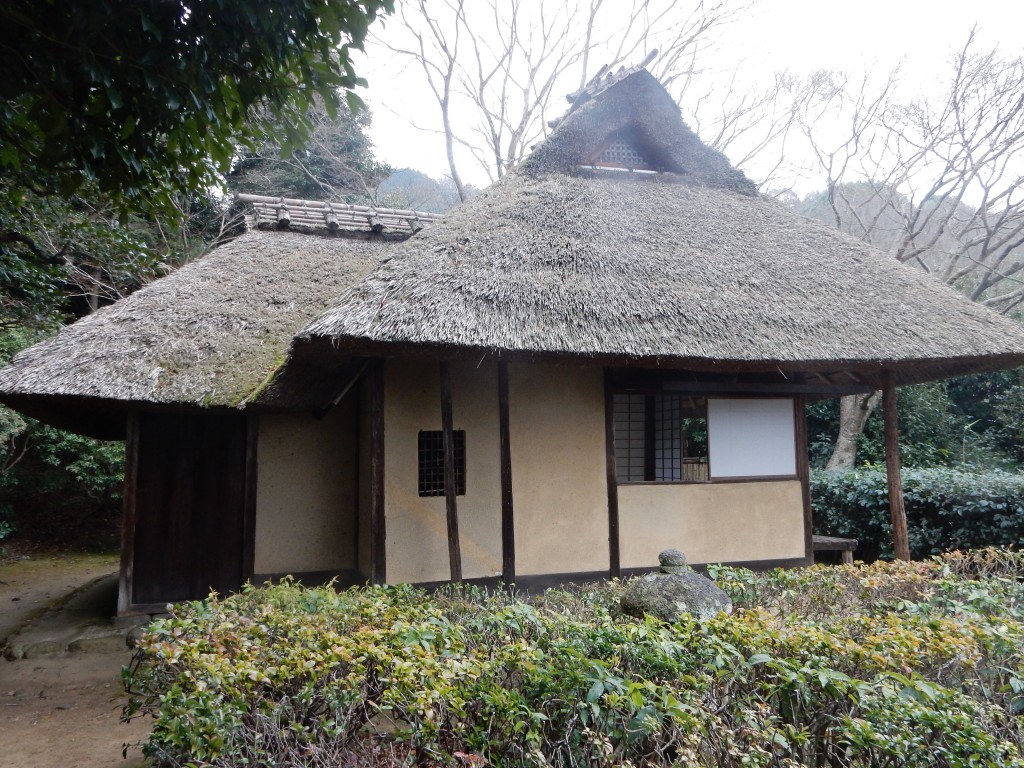
As you can see from the picture above, the Konpuku-ji temple in north-east Kyoto has recently made efforts to display its haiku connections as best it can. This includes setting up a board inside the Basho-an hut that Buson restored in honour of his predecessor. On the board are six haiku which Buson wrote, presumably at the literary events he held here. I’ve had a go at translating them, but haiku are notoriously ambiguous and it’s impossible to capture all the nuances of the original. (Thanks to Joe Cronin and Itsuyo Higashinaka for their help. Any errors are mine and improvements welcomed. JD)
*********************
ji moku hai chou koko ni tama maku Basho-an
giving our all
as the new leaves appear –
Basho-an
**********************
mitabi nakite kikoezunari nu shika no koe
three times it cried
then couldn’t be heard –
the deer’s voice
Sawa and Shiffert translate this as:
Three times it cried out
but now not heard anymore,
a deer in the rain
**********************

shika nagara saneimon ni iru hi kana
In the temple gate
deer and mountain shadow together –
the sinking sun
R.H. Blyth translates this as:
.The slanting sun:
The shadow of a hill with a deer on it
….Enters the temple gate.
**********************
hata utsuya ugokanu kumo mo naku nari nu
While working in the fields
the cloud that never moved
disappeared
Sawa and Shiffert translate this as:
Ploughing a field!
Though the clouds did not move
they have gone.
***********************
fuyu chikashi shigure no kumo mo koko yori zo
winter is near –
there’s a rain cloud
rising from here
Sawa and Shiffert translate this as:
Almost winter,
and the cloudiness of a shower
where it begins from.
***********************
ware mo shi shite hi ni hotorisemu kareobana
When I die
bury me close to his monument –
withered pampas grass
Sawa and Shiffer’s translation runs as follows:
I too when dead
want to be near this stone marker –
the withered pampas grass
************************
Click for more Buson on Kyoto..
Reference: Haiku Master Buson by Yuki Sawa and Edith Shiffert (Heian International, 1978)

